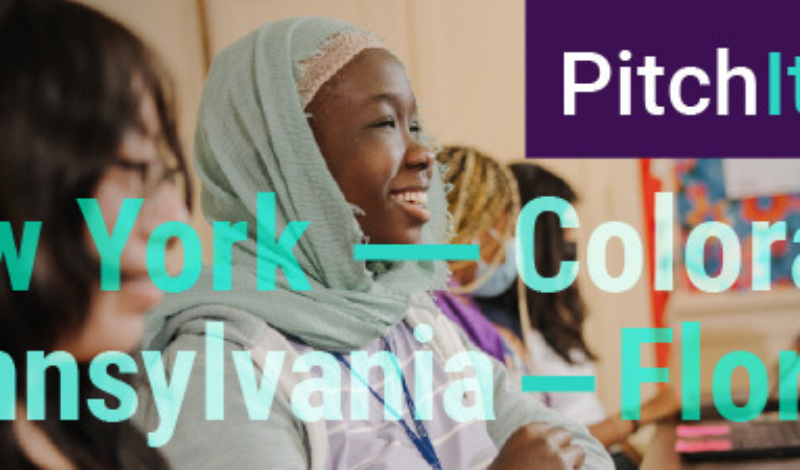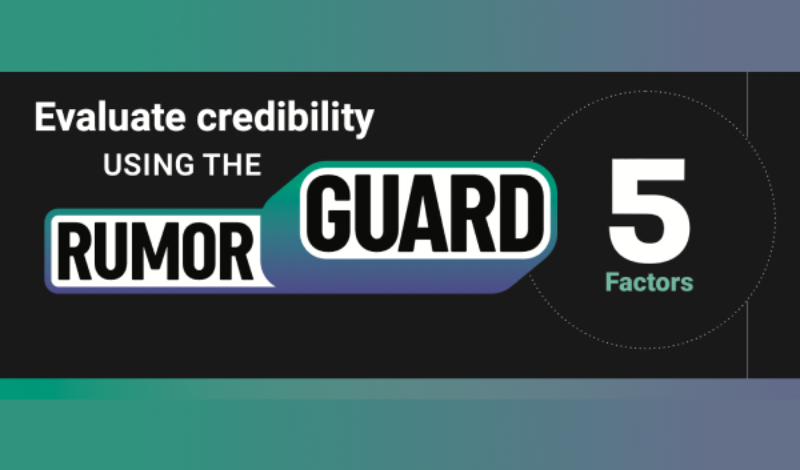
PitchIt! Student essay contest
Student voices are catalysts for positive change in schools and communities. You can empower them to be well-informed and
News Goggles annotations and activities offer news literacy takeaways on timely topics. These resources feature examples of actual news coverage, including full news reports, headlines, breaking news alerts or excerpts.
This News Goggles resource originally appeared in a previous issue of The Sift newsletter for educators, which explores timely examples of misinformation, addresses journalism and press freedom topics and examines social media trends and issues. Read archives of the newsletter and subscribe here.
After news broke on Nov. 16, 2020, that early data showed a vaccine from the drugmaker Moderna was nearly 95 percent effective, fans of American singer-songwriter Dolly Parton praised her $1 million donation to help fund COVID-19 vaccine research. Major news organizations including The Washington Post, The New York Times, CNN and BBC News covered the story.
But let’s imagine you came across this news online by seeing an article from People magazine. Can you trust it? Is People a credible source for news about this story? How do you know? In this edition of News Goggles, we’re going to examine sourcing and the use of hyperlinks in news reports as we consider what makes information credible. Grab your news goggles!
★ Featured News Goggles resources: These classroom-ready slides offer annotations, discussion questions and a teaching idea related to this topic.
Discuss: What makes a news source credible? When are hyperlinks important or useful to include? How can you fact-check information in a report that has been “picked up” from another news organization? Are magazines like People more or less reliable than news organizations like The New York Times? Considering the audience and purpose of each, which source do you trust more and why?
Idea: Ask students to read an online article from a standards-based news organization on a topic of their choosing, paying special attention to any hyperlinks in the text. Direct them to take notes on which details and phrases incorporate links, where each hyperlink leads and how its inclusion impacts the news report. (Does it add context? Lead to sources? Jump to previous coverage? Offer evidence or support?)
Resource: “Practicing Quality Journalism” (NLP’s Checkology® virtual classroom).
Have feedback about this resource? Or an idea for a future News Goggles? Please share it with us at [email protected]. You can also use this guide for a full list of News Goggles from the 2020-21 school year for easy reference.
Student voices are catalysts for positive change in schools and communities. You can empower them to be well-informed and


With this poster, students are introduced to seven standards of quality journalism and their descriptions.


In this lesson, students review examples of misinformation, identify a rumor pattern and create a list of red flags


Don’t get caught off guard. Recognize misinformation and stop it in its tracks by using RumorGuard’s 5 Factors for


Misinformation is always problematic, but when it appears alongside family updates on social media, it can be especially frustrating.



